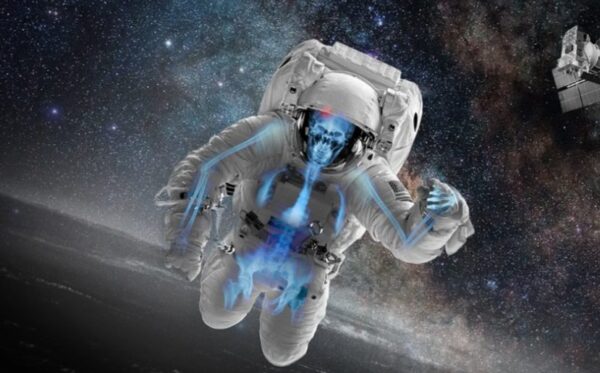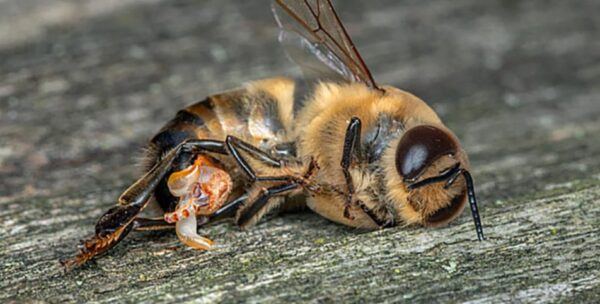Lifestyle
6 animals sent to space in the past and why
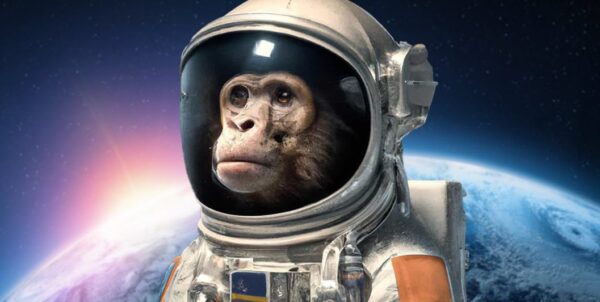
What if I told you that a fly landed in space? Impossible, isn’t it? Well, it appears that it has happened!
While we can all just dream of human beings reaching space, there have been certain occasions when animals, yes! Animals have reached space.
You will be surprised at why! Scroll down to learn more!
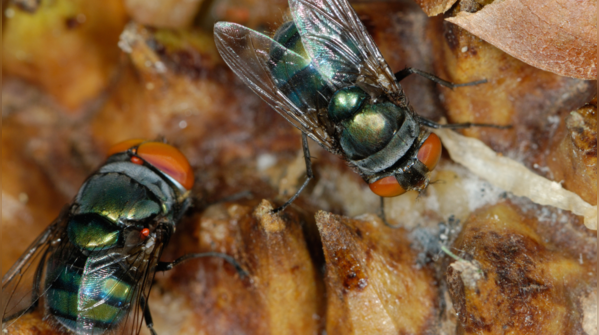
1. Fruit flies (1947)
The first time an animal ever went into space was a fruit fly, sent aboard the U.S. on a V-2 rocket in 1947. A V-2 ballistic missile captured by the Allies after World War II, was loaded with fruit flies and sent into space. The American scientists wanted to know the impact cosmic radiation could have in the future and thus chose flies, which are genetic relatives of man. And, to the surprise of all, the flies emerged alive from the flight, helping researchers to find out how a more complex organism, such as the human species, might be impacted by radiation.
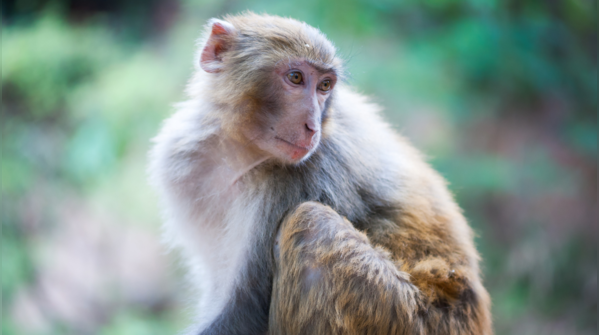
2. Rhesus monkey (Albert II)
The first monkey to be launched into space went up on a June 14, 1949, V-2 rocket to 83 miles, approximately 134 km. Sadly died on impact. He was sent into space to investigate biological responses to rocket travel. Later, Gordo the squirrel monkey flew in 1958 to a height of 310 miles. Such flights provide valuable data on heart rate, breathing, and other bodily processes in space.
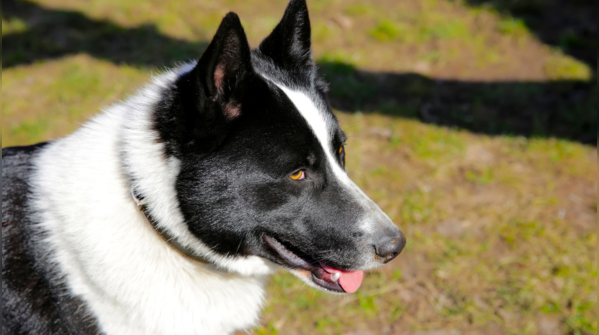
3. Laika the dog (1957)
Laika was a stray introduced from Moscow. It was the first animal to encircle the planet aboard the Soviet Sputnik 2 spacecraft in 1957. Laika was small, weighing approximately 6 kg; she was part of a batch of stray dogs that were welcomed into the Soviet space program when they were picked up off the streets. Females were utilized and only females, as they were believed to be anatomically superior to males. The satellite burned up upon entering into Earth’s atmosphere on April 14, 1958. Laika’s tragic destiny stirred global concern and sympathy.
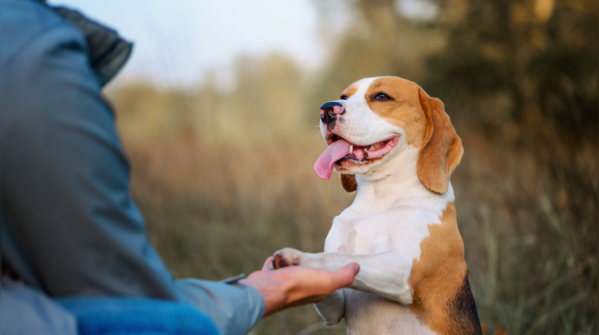
4. Belka and Strelka (1960)
Soviet space dogs Belka and Strelka orbited Earth on Sputnik 5 and returned after 16 orbits. They were not alone; mice, plants, and even insects went with them, and all survived. Their flight proved that complex organisms can live a long time in orbit, influencing faith in future human spaceflight.
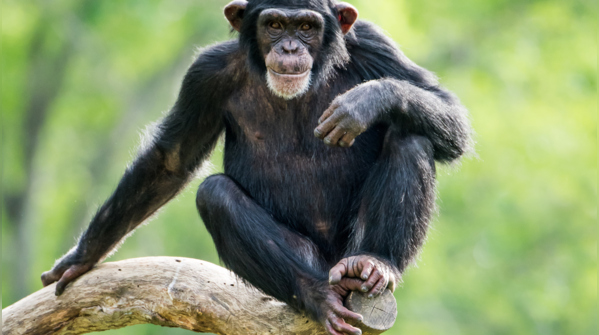
5. Chimpanzees (Ham and Enos)
A chimpanzee named Ham, having been trained, went to space aboard a Mercury-Redstone rocket in 1961 to see the space performance of human-like tasks. The chimpanzee proved good at working with levers and all flight switches and was able to show that primates could work under the pressure of spaceflight. Enos orbited the Earth afterward as the first chimp to do so, in the same year.
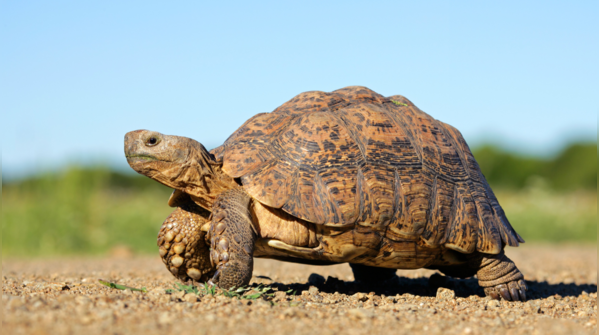
6. Tortoise (Zond 5)



